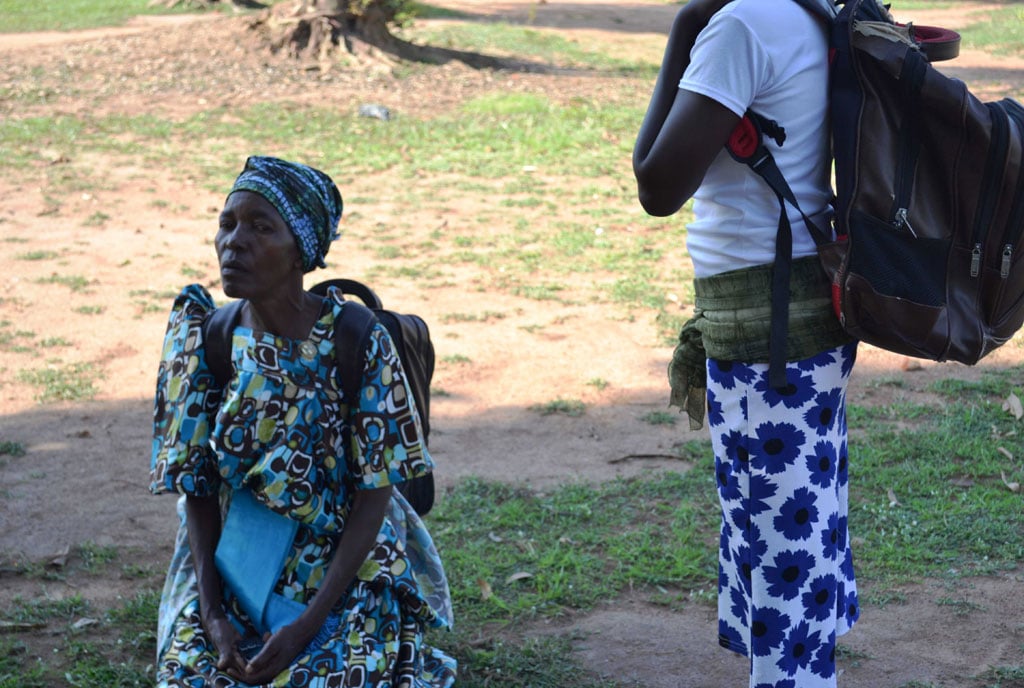Uganda to receive 10,000 doses of injectable drug for HIV prevention

Dr Diana Atwine, the Permanent Secretary in the Ministry of Health (left); Dr Flavia Matovu, the Director of Makerere University Johns Hopkins University (centre) and Dr Herbert Kadama, the PrEP Coordinator in the Ministry of Health during the media orientation on New PrEP technologies and Lenacapavir Research - HIV Prevention methods in Kampala on August 22, 2024. PHOTO/SYLIVIA KATUSHABE
What you need to know:
- Dr Diana Atwine, Permanent Secretary of the Ministry of Health, stated that these new prevention strategies are integral to the country’s National HIV Prevention Strategy aimed at combating HIV prevalence and new infections.
The Ministry of Health has announced plans to introduce a long-acting injectable drug for HIV prevention, known as Cabotegravir (CAB-LA), starting in September.
Dr Herbert Kadama, the Ministry’s PrEP Coordinator, revealed that the country expects approximately 10,000 doses through the United States Agency for International Development (USAID).
“We plan to begin CAB-LA implementation at seven PEPFAR USAID-supported facilities in September this year. By February 2025, we will extend to four additional sites, thanks to support from the Global Fund,” Dr Kadama stated.
CAB-LA, administered every two months, is designed to prevent HIV from any form of exposure.
Dr Kadama explained that when the drug is injected in the buttock, it is slowly released from the muscle into the body and enters the bloodstream, building up in the cells of the body and preventing HIV infection. He added that the slow release of the drug is due to special components in it.
Speaking at a media orientation on new PrEP technologies and Lenacapavir research in Kampala, Dr Kadama emphasised the importance of assessing each individual’s HIV risk before initiating treatment.
“If you are HIV-negative and at risk, you will receive the injection every two months as long as the risk persists,” he added.
Currently, Uganda implements two HIV pre-exposure prophylaxis (PrEP) options: oral PrEP and the vaginal ring. Since the introduction of oral PrEP in 2017, the number of users has grown from 800 to over 700,000. Meanwhile, 279 women have used the vaginal ring, available at seven facilities across the country, including those in Mbarara, the Eastern region, and the Northern region.
The vaginal ring, which is effective after one day of insertion, needs to be replaced every 28 days. With Global Fund support, the ring will be made available in more facilities.
Dr Kadama also highlighted that the existing PrEP options are currently offered at seven public health facilities under the PEPFAR USAID Mosaic Funded Project.
These facilities include Mbarara Health Center IV, Bufunda Health Center II, Gulu Regional Hospital, Kitgum Hospital, Namakwekwe, Bison Health Center III, and Malawa Health Center IV.
However, he noted that expansion to the entire country is contingent on resource availability.
Dr Flavia Matovu, Director of Research at MU-JHU, discussed ongoing research on other injectable PrEP drugs, including Lenacapavir and F/TAF.
F/TAF has already been approved for preventing HIV in men who have sex with men and transgender women in Western countries.
“Lenacapavir has proven to be highly effective, as it remains in the body for six months,” Dr Matovu said, adding: “We tested Lenacapavir for HIV prevention in young women, and it was found to be 100 percent effective in preventing HIV. Unlike CAB-LA, which is administered every two months, Lenacapavir is only required twice a year.”
Dr Matovu added that despite Lenacapavir’s success, further research is needed to determine how best to deliver it in Uganda.
“We must consider whether to provide it in facilities, pharmacies, or even people’s homes. The research continues even after a product is proven effective,” she said.
Dr Diana Atwine, Permanent Secretary of the Ministry of Health, stated that these new prevention strategies are integral to the country’s National HIV Prevention Strategy aimed at combating HIV prevalence and new infections.
“New products like injectable Lenacapavir and the PrEP ring offer hope. We remain committed to expanding access and ending HIV as a public health threat by 2030. These global advancements are being adopted as part of our National HIV Prevention Strategy to address the 5.5 percent prevalence rate and 38,000 new infections reported in 2023,” Dr Atwine affirmed.
She also urged journalists to use their platforms to educate communities on HIV prevention, particularly the importance of behavioral change.




